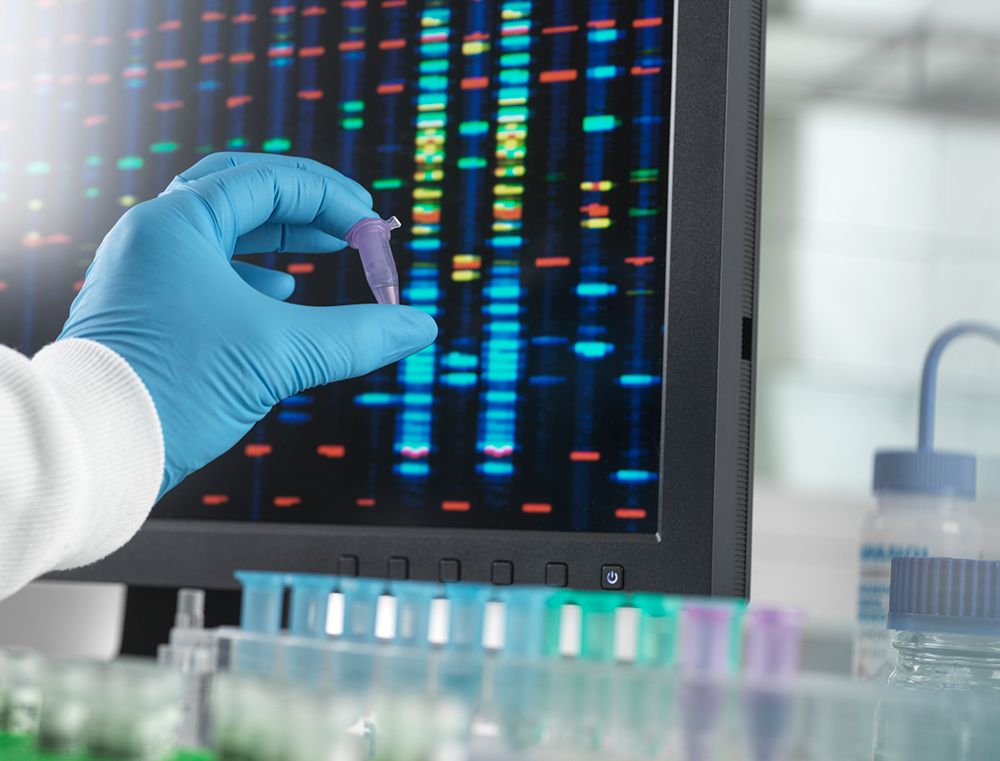One in 16 Americans will be diagnosed with lung cancer during their lifetime, which means anyone can get lung cancer. However, there is one risk factor that is more likely to cause lung cancer than any other, contributing to 85-90% of cases: a history of smoking. The single most impactful decision you can make to reduce your risk of developing lung cancer is to stop smoking today. Even lifetime smokers can substantially reduce their risk by choosing to quit now.
Here are seven actionable tips to get you started on the road to a smoke-free future.
Quit Smoking in 7 Actionable Steps
- Reduce Your Use
- Eliminate temptation
- Clean house
- Replace it with healthier routines
- Recognize triggers
- Get support
- Reward yourself
1. Reduce Your Use of Tobacco Products
If the cold-turkey approach is overwhelming for you or you’ve tried before without success, reducing the number of cigarettes you smoke in a day can be a helpful strategy for two reasons. First, smoking less often can be the foundation to quit gradually. Not all smokers are successful when they quit “cold turkey”; some are more successful when they take a gradual approach. Second, even if you never quit but you achieve a 50% reduction in the number of cigarettes you smoke per day, you’ll significantly reduce your risk of developing lung cancer.
If you do feel ready to quit smoking, don’t be afraid to ask for help. Reach out to your primary care provider or seek out Tobacco Cessation Counseling providers for recommendations for a personalized plan to quit smoking. Sometimes medications (Chantix or Zyban) or nicotine replacement therapy (gum, lozenges, patches, or a nicotine inhaler) can help you to manage cravings and be more successful on your journey to quit.
2. Eliminate Temptation to Smoke
Keeping cigarettes, lighters, and ashtrays in the home can make it harder to quit. Take time to go through your house and vehicle. Remove everything that tempts you and makes it easy to pick up the habit again. If your spouse, partner, or roommate smokes (and doesn’t plan on quitting), ask them to keep their cigarettes and lighters hidden from you and to step outside to smoke.
3. Clean House to Remove Tobacco Products
If you’ve smoked inside your home, it’s likely that there’s smoke on the walls, in the upholstery, in the carpet, and in your clothes, even though you may not smell it. In fact, smoking causes loss of smell over time, which typically returns upon cessation. Washing your walls, carpets, bedding, clothing, and upholstery – and perhaps even a fresh coat of paint – can help you start with a clean slate. You’ll think twice about picking up a cigarette out of habit when you’ve worked so hard to freshen up your home.
4. Replace Smoking with Healthier Routines
If you’ve been smoking for a while, you’ve likely developed routines around smoking that make it muscle memory. Perhaps whenever you have a cup of coffee you also have a cigarette, or you reach for a smoke whenever you have to think hard about a calculation or feel stressed out about something.
When you’ve eliminated temptation in your home and don’t have a pack of cigarettes handy, it’s common to reach for food instead. But this routine can lead to rapid weight gain, and many smokers pick the habit back up to get their weight back under control.
Instead, create new, healthy habits and routines when you quit smoking. Positive routines can either be the small things you do to cope with a craving – like chew a piece of gum or play a game on your phone – or big things that help fill your day with productive activity. Some ideas include:
- Ride your bike, swim, or go for a walk
- Chew sugar-free gum
- Play a game on your phone
- Write, text, or call a friend
- Deep clean one micro-area (a drawer, for example)
- Paint your nails
- Cook a healthy meal
- Read a book
- Do a craft
Preventing boredom is important for nearly everyone who wants to quit smoking, so be sure to stay busy with work and hobbies. Having a plan to redirect your focus will improve your chances of quitting successfully.
5. Recognize Triggers That Tempt You to Smoke
Take time to think about your triggers. When do you feel the strongest temptation to smoke? Is it when you’re drinking? When you take your break at work? When you get into a fight with your significant other? When you’re bored?
Once you know your triggers, you can build a strategy for avoiding and/or coping with those triggers. For example, you might elect to take your break elsewhere and bring a book or you might commit to downloading a counseling app to work your feelings after an argument.
6. Get Support from Others Who've Quit Smoking
Join a smoking cessation support group, reaching out to your state quit line, and involve friends, family, and coworkers in your journey. You may want to join Freedom From Smoking, established by the American Lung Association, which includes a myriad of resources like group clinics, a helpline, and an online support group.
Knowing that others have quit successfully and still lead a fulfilling and enjoyable life is critically important when you’re on your journey. Surround yourself with people who support your efforts and encourage you along the way.
7. Reward Yourself for Not Smoking
Use just some of the money you save when you quit smoking to build in periodic rewards for yourself. Small rewards can keep you motivated and give you something in return when you learn to cope with temptation in healthy ways. A great way to reward yourself without developing a new unhealthy habit (overspending) is to calculate how much you’ve saved each day, and when you reach certain milestones use a portion you’ve determined in advance for something fun. You might put it in savings once a month to save toward a vacation, eat out when the savings add up, invest in some self-care, or buy yourself something you’ve been eyeing for a while.
Whatever you do, don’t give up. It’s important to have realistic expectations about your journey to quit smoking. Some days, you’ll struggle. Some days, you’ll wonder if you made the right decision. The answer is, you did. Call a helpline to talk through cravings when other tactics aren't working. Only you can reduce your lung cancer risk.

About the author: Meghan Lawless Keim, PA-C is an Advanced Practice Provider in Minnesota Oncology’s Thoracic Oncology and Surgery department. She frequently assists patients with smoking cessation and lung cancer screenings.




